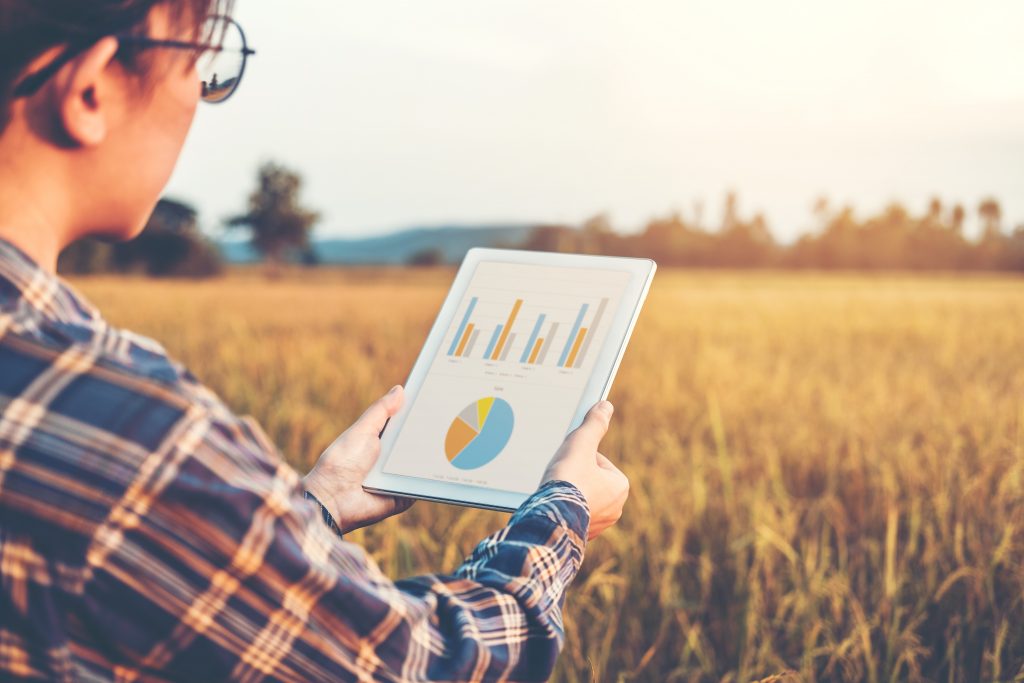7 Trends in Smart Agriculture that will Change the Face of Farming

Food demand globally is expected to double by 2050. According to a report by PwC, 65% of the world’s middle-class population will reside in Asia by 2030, given the pace of urbanization in the region. Unfortunately, conventional agriculture will not be able to keep up with this stride, the report warned. This will put several countries at the risk of food insecurity
According to the Global Harvest Institute (GHI), India would be able to meet only 59% of its total food demand by 2030. The reduction in arable land, low crop yields and farm outputs, and the consequences of climate change and environmental degradation will exacerbate e the already grave challenges of food security. This calls for ‘smart’ ways to deal with the impending crisis.
Enter disruptive technology solutions. Over the years, the concept of Smart Agriculture has evolved from being merely a farming management tool to bringing a revolution in agriculture through technology. A 21s farmer must have access to Global Positioning Systems (GPS), soil scanning, data management, and Internet of Things (IoT) technologies.

Imagine the scenario where every farmer uses a weather-station device that can foretell the best time for planting, fertilizing and irrigation based on historical data; a precision spraying machine that efficiently allocates pesticides using artificial intelligence; smart sensors that collect data on soil and crop growth and drones that provide imagery of field conditions.
Digital Technology has the potential to increase efficiency in farming methods, decrease the usage of pesticides, improve the safety and nutritional value of food, hence making agriculture a profitable industry.
Governments and entrepreneurs are increasingly working towards making ‘Smart Agriculture’ accessible to every individual involved in agriculture. According to Statista.com, the global market size of Smart Agriculture stands at around $17.57 billion. This share will continue to expand in the future at a healthy growth rate of over 12.5%, creating millions of jobs worldwide.
Inclined towards bringing food on the plate of millions? Read on to find the seven trends that have the potential to change the face of agriculture.
- Innovative products tailored to the specific needs of farmers in the region at affordable rates are on the rise.
- The focus is on tech-solutions that can mitigate climate change risk for effective water management, adapting to rising temperatures, preparing farmers to face situations from droughts to a deluge.
- Touching every aspect of agriculture, from sowing ‘smart’ seeds to selling the crops on online mandis, the start-up ecosystem is helping farmers improve their yield and sell it at competitive prices.
- Agri-focused e-commerce is gaining momentum, streamlining the agriculture value-chain; bringing a new way for farmers to sell their produce to a range of buyers.
- Supply-chain efficiency is gradually becoming a key focus area for Indian agri-tech companies.
- Internet of Things-based smart farming methods is revamping the entire agriculture system by monitoring every activity on the field in real-time.
- Indian companies are expediting their strategies of expansion in the global markets; public-private partnerships, too, are materialising on a larger scale in this sector.



